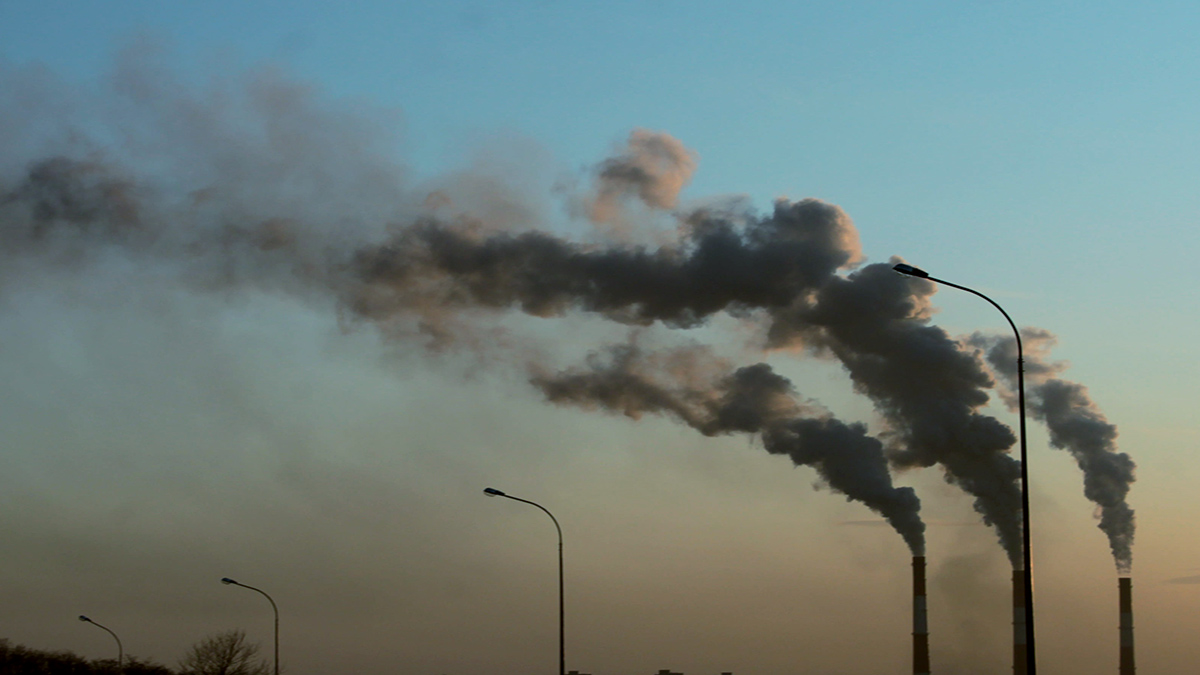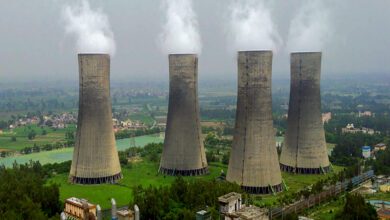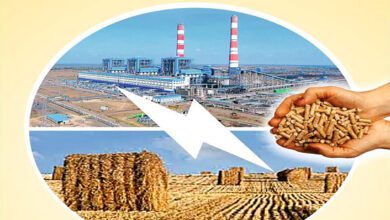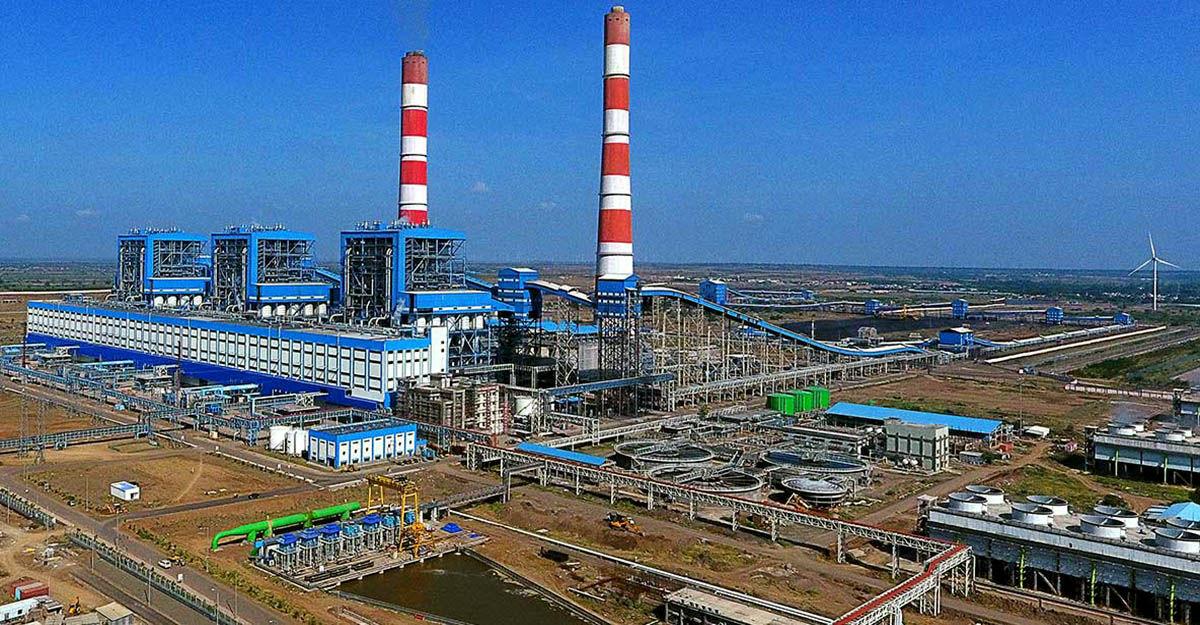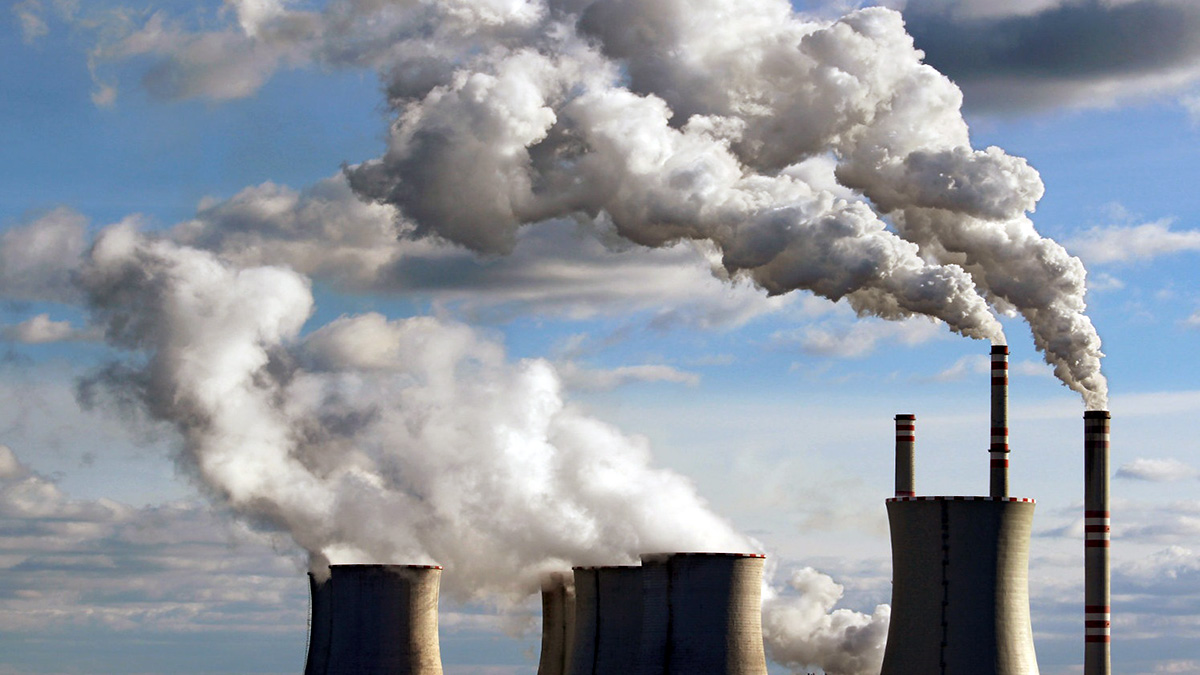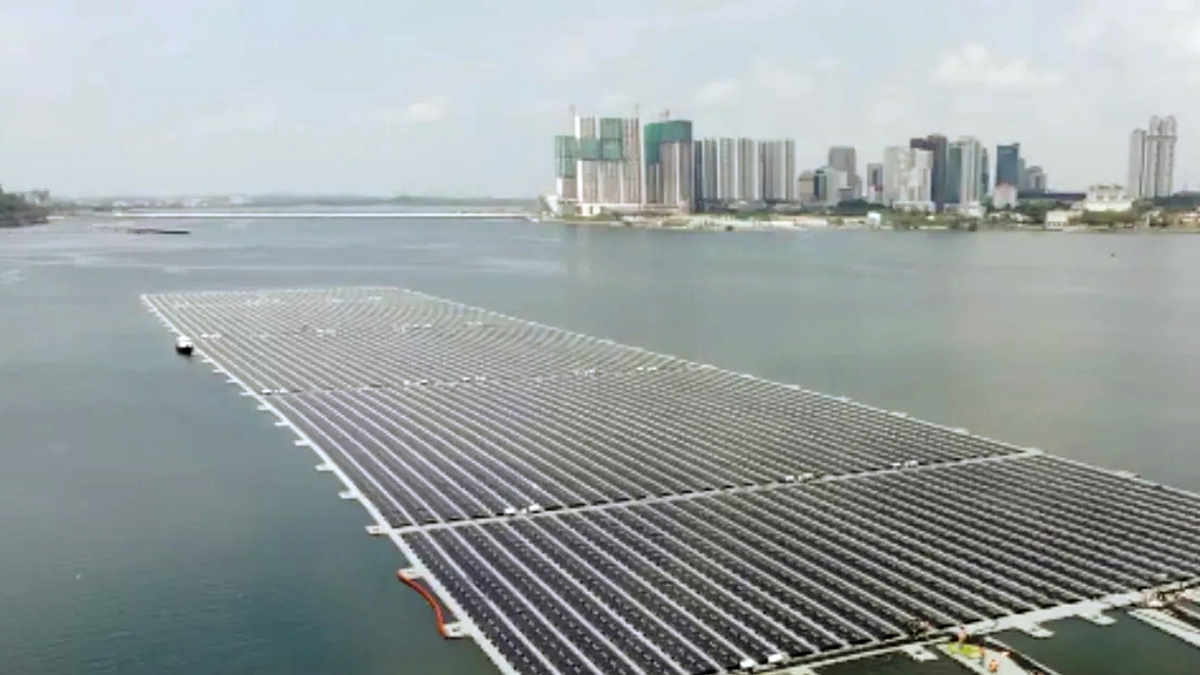The 11 coal-fired power plants in the National Capital Region contributed just 7% to Delhi’s PM2.5 pollution on an average between October 2020 and January 2021, while vehicles contributed 14%, according to a new study. The findings are significant considering that the Delhi government had recently moved to the Supreme Court, seeking closure of the coal-fired power plants in the vicinity of the city using outdated polluting technology.
On April 1, the Union Environment Ministry had issued a notification with amended rules allowing thermal power plants within 10 KMs of the National Capital Region (NCR) and in cities with more than 10 lakh population to comply with new emission norms by the end of 2022.
In its latest analysis, the Council on Energy, Environment and Water (CEEW), a Delhi-based not-for-profit policy research institution, said, “Given the EPCA (Environment Pollution (Prevention and Control) Authority) directives on account of GRAP (Graded Response Action Plan) implementation and presumably low demand due to lockdown, the power plants also operated at much lower levels in October and November 2020.”
“We observe that energy generation from NCR coal-fired plants was 25 and 70 % lower in October and November, respectively, compared to the corresponding months in 2019, implying a lower contribution in these months,” the report read.
The research team of L S Kurinji, Adeel Khan and Tanushree Ganguly found that the average contribution of emissions from the 11 power plants in Delhi-NCR was 7% between October 2020 and January 2021.
“However, once the ‘fuss’ about air quality dissipated and demand picked up, the daily energy generation levels scaled up to 2019 levels in December 2020 and January 2021,” it said.
The share of vehicular emissions to Delhi’s PM 2.5 pollution was 14% on an average between October 2020 and January 2021.
According to the study, a relatively longer stubble-burning period and unfavourable meteorological conditions were primarily responsible for Delhi’s worsening air quality in winters last year. Household heating and cooking were responsible for 40% of the pollution burden in December 2020 and January 2021.
The analysis showed the contribution of stubble burning to Delhi’s PM2.5 levels exceeded 30% for seven days (between October 10 and November 25) in 2020 as against three days in 2019.
“This season was longer compared to 2019 or 2018 as fires started early in late September and a significant increase in the number of fires was observed,” it said.
The stubble burning phase (October 15 to November 15) in 2020 experienced 172 hours of calm and light winds (speed less than 5 km/h) compared to 101 hours in 2019.
In the winter of 2020, Delhi recorded only six rainy days as against 10 in the winter of 2019. The months of October and November in 2020 were cooler, with the air temperatures being 1-1.5 degrees Celsius lower than the corresponding months in 2019, according to the study.
“We find that air quality in the winter of 2020 was worse than in the winter of 2019. Lower vehicular congestion and power generation levels in October and November 2020 are indicative of reduced emissions from these two activities. A relatively longer stubble burning period, colder and drier winter conditions, and calmer winds in October and November 2020 were primarily responsible for the worsening Delhi’s air quality that year. As the winter season progressed, most anthropogenic activities such as power generation and vehicular levels bounced back to previous year’s levels,” the report read.
The interplay of meteorological conditions on Delhi’s air quality cannot be discounted, but there is a need for steeper cuts in emissions across sectors. The GRAP presents the state government with an opportunity to constitute an air quality forecasting cell that can advise the government to take necessary measures to prevent severe air quality episodes in the capital city, the CEEW said.
“We recommend that in addition to supporting source identification studies, the government should also encourage air quality modelling and forecasting efforts. Augmenting the existing monitoring infrastructure would help air quality modellers validate their forecasts,” it said.


